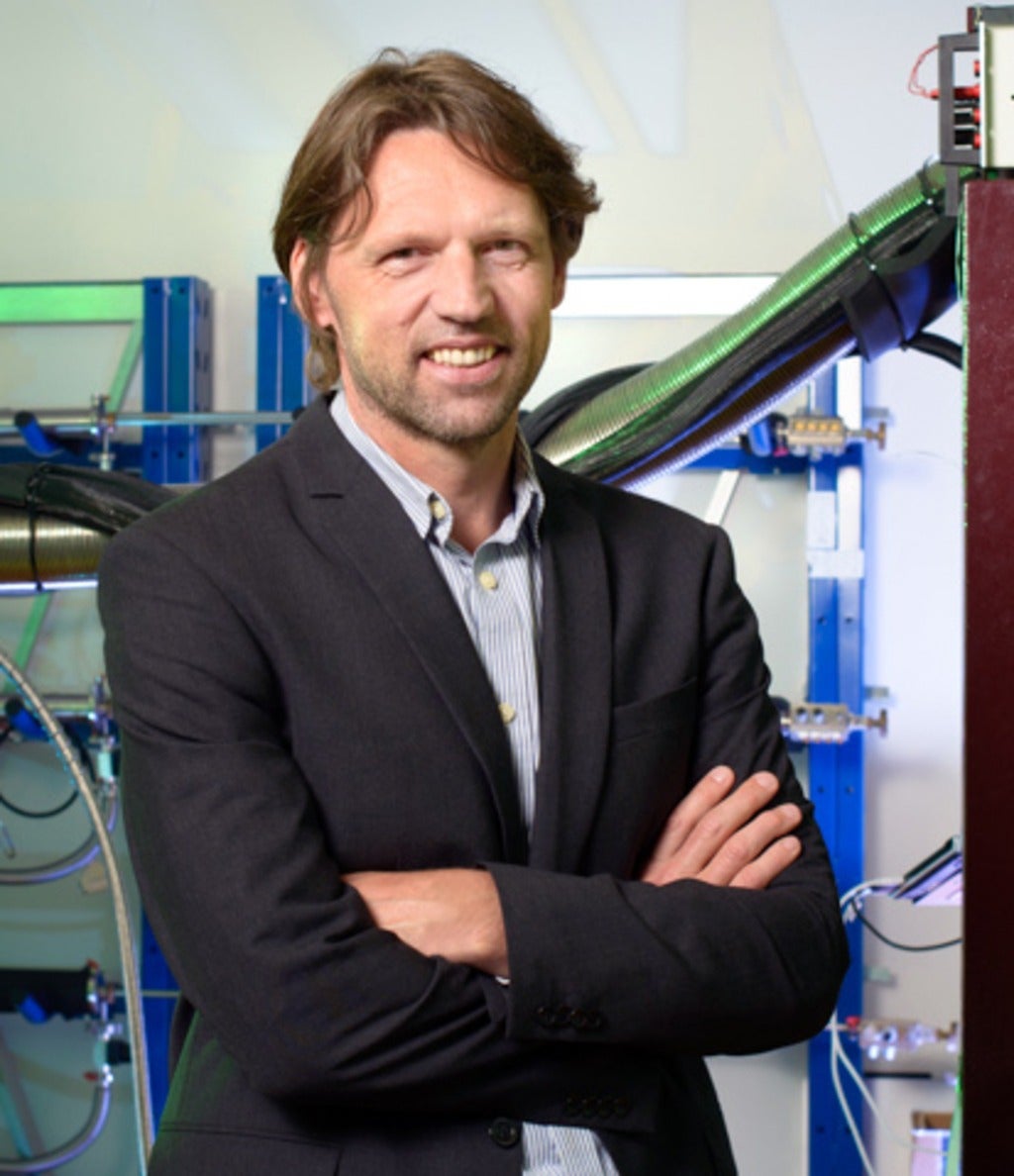Quantum Frontiers Distinguished Lecture: Leo Kouwenhoven
Leo Kouwenhoven, Delft University of Technology
Majorana Fermions: Particle Physics on a Chip
Join us for the next Quantum Frontiers Distinguished Lecture Series when Dr. Leo Kouwenhoven will talk about particles that are equal to their anti-particles.
